Your baby is now officially an embryo and is about the size of a poppy seed.
Please visit www.nhs.uk/conditions/pregnancy-and-baby/4-weeks-pregnant/ for more information.
Local Maternity and Neonatal System
View navigation
After the birth
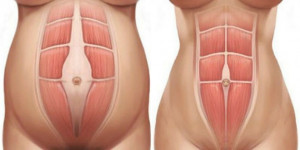 Following pregnancy, the abdominal muscles may partially or completely separate due to stretching to accommodate your baby – this is very common. Your abdominal muscles can be around 5cm separated following the birth and this usually resolves over time. If by 6 weeks there is a 2cm gap or more, you may need to visit your GP for referral to a physiotherapist.
Following pregnancy, the abdominal muscles may partially or completely separate due to stretching to accommodate your baby – this is very common. Your abdominal muscles can be around 5cm separated following the birth and this usually resolves over time. If by 6 weeks there is a 2cm gap or more, you may need to visit your GP for referral to a physiotherapist.
Not hold your breath with any exercise you perform. Always control your breathing steadily.
Engage your core during hip bridges, knee raises and pelvic tilts. You can also practice engaging your core during an all-fours position on the floor, keeping the back straight, shoulders over hands and knees over feet.
Abdominal crunches
Sit ups
Russian twists
Any exercises which encourage you to push your stomach outwards. Any exercise you do, try to engage your abdominal muscles, and core and pull them in, whilst breathing in a controlled way.
These exercises may make your abdominal muscles ‘dome’ and bulge which can further weaken the area, instead of strengthening. Work on the above exercises to begin with and then move onto these abdominal exercises when your diastasis recti has recovered. If you are unsure, ask your healthcare professional.
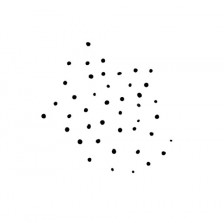
Your baby is now officially an embryo and is about the size of a poppy seed.
Please visit www.nhs.uk/conditions/pregnancy-and-baby/4-weeks-pregnant/ for more information.
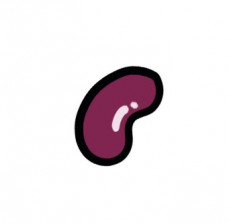
Your baby is now the size of a kidney bean and weighs 1g.
Please visit www.nhs.uk/conditions/pregnancy-and-baby/8-weeks-pregnant/ for more information.
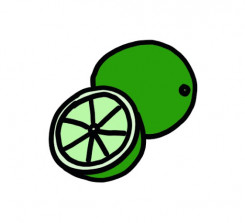
Welcome to the second trimester!
Your baby is about the size of a small lime and weighs approximately 14g.
You have hopefully seen your midwife for your 'booking in' appointment, if you have not yet seen a midwife please make an appointment quickly, so you can have all of your choices about screening tests explained and offered to you.
Please visit www.nhs.uk/conditions/pregnancy-and-baby/12-weeks-pregnant/ for more information. You can also link to the 'Pregnancy Journey' area here.
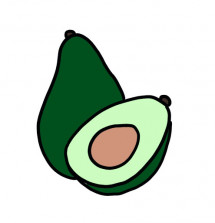
Your baby is about the size of an avocado and weighs approximately 100g.
Please visit www.nhs.uk/conditions/pregnancy-and-baby/16-weeks-pregnant/ for more information.

Your baby has grown in length and is now the length of a small banana and weighs approximately 300g. Around this time you will be offered your '20 week' scan, also known as the 'anatomy' or 'anomaly' scan.Click here for more information about screening.
This is a also a good time to talk and sing to your bump as your baby can now hear sounds. This is great way for you and your partner/family to bond with your baby.
Please visit www.nhs.uk/conditions/pregnancy-and-baby/20-weeks-pregnant/ for more information.
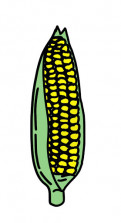
Your baby has grown again to the approximate length of an ear of sweetcorn and weighs about 600g.
Please visit www.nhs.uk/conditions/pregnancy-and-baby/24-weeks-pregnant/ for more information.
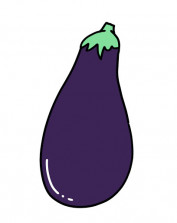
Welcome to the third trimester!
Your baby is now approximately the weight of an aubergine; about 1kg and approximately 37cm in length.
Please visit www.nhs.uk/conditions/pregnancy-and-baby/28-weeks-pregnant/ for more information.
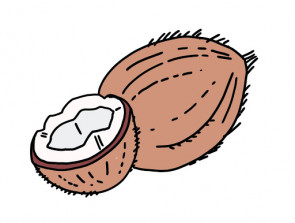
Your baby now weighs approximately the same as a coconut; around 1.5kg.
Please visit www.nhs.uk/conditions/pregnancy-and-baby/32-weeks-pregnant/ for more information.
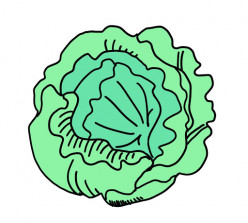
Your baby is now around the same size as a lettuce, approximately 47cm long and weighs around 2.6kg.
Please visit www.nhs.uk/conditions/pregnancy-and-baby/36-weeks-pregnant/ for more information.
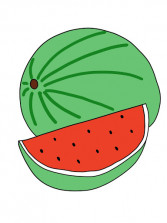
Your baby is now the weight of a small watermelon which is approximately 3.3kg and around 50cm in length.
Please visit www.nhs.uk/conditions/pregnancy-and-baby/40-weeks-pregnant/ for more information.